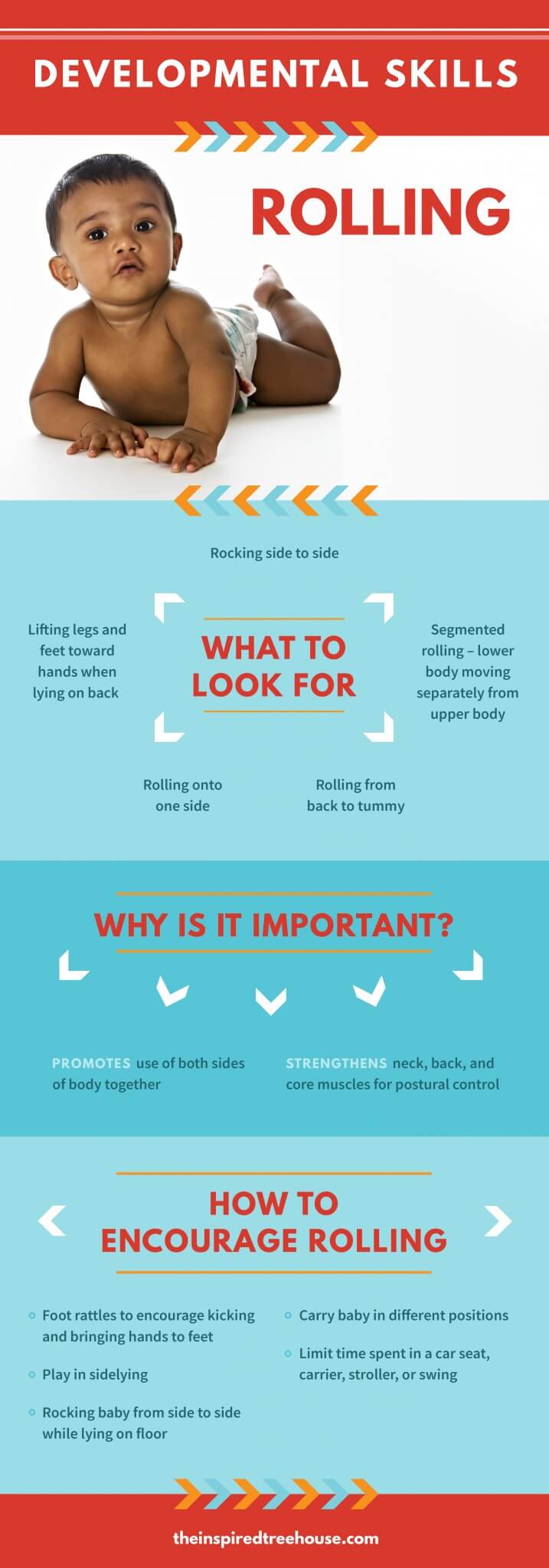
When Do Babies Roll Over: A Comprehensive Guide to Motor Development
Rolling over is a significant milestone in a baby’s development, marking their growing physical abilities and coordination. It opens up a world of new possibilities for exploration and play, and it’s a proud moment for parents to witness. But when exactly do babies roll over, and what factors influence this developmental milestone?
Average Age for Rolling Over
The average age for babies to roll over varies, but most babies achieve this milestone between 3 and 6 months of age. Some babies may roll over as early as 2 months, while others may take until 7 or 8 months. It’s important to remember that every baby develops at their own pace, so there’s no need to worry if your baby doesn’t roll over exactly on schedule.
Factors Influencing Rolling Over
Several factors can influence when a baby rolls over, including:
- Muscle strength: Rolling over requires strong neck, back, and core muscles. Babies develop these muscles gradually through tummy time and other activities that encourage movement.
- Coordination: Rolling over involves coordinating multiple muscle groups and movements. Babies need to be able to lift their head, turn their body, and extend their arms and legs to roll over successfully.
- Body weight: Heavier babies may have more difficulty rolling over due to their increased weight.
- Temperament: Some babies are more active and curious than others, which can lead to earlier rolling over.
- Environment: Babies who are provided with plenty of opportunities for movement and play are more likely to roll over sooner.
Signs That Your Baby Is Ready to Roll Over
Before your baby rolls over, you may notice certain signs that they are getting close to this milestone:
- Lifting their head: Babies who can lift their head and hold it steady for several seconds are developing the neck strength needed for rolling over.
- Reaching for toys: Babies who reach for toys or objects that are out of their reach are practicing the arm and shoulder movements involved in rolling over.
- Pushing up on their arms: Babies who can push up on their arms while lying on their tummy are strengthening their back and core muscles, which are essential for rolling over.
- Rocking back and forth: Babies who rock back and forth on their tummy may be practicing the motion of rolling over.
How to Encourage Rolling Over
You can encourage your baby to roll over by providing them with plenty of opportunities for movement and play. Here are some tips:
- Tummy time: Tummy time is crucial for developing the muscles needed for rolling over. Place your baby on their tummy for short periods several times a day, supervised.
- Encourage reaching: Place toys or objects just out of your baby’s reach to encourage them to reach and stretch, which helps strengthen their arms and shoulders.
- Roll them gently: Gently roll your baby from side to side while they are lying on their back. This helps them get used to the motion of rolling over.
- Provide a safe environment: Make sure your baby’s play area is safe and free of obstacles that could injure them if they roll over.
When to Be Concerned
If your baby is not rolling over by 7 or 8 months of age, it’s important to talk to your pediatrician. They can assess your baby’s development and determine if there are any underlying issues that may be delaying their rolling over.
Conclusion
Rolling over is a significant milestone in a baby’s development, and it typically occurs between 3 and 6 months of age. Factors such as muscle strength, coordination, body weight, temperament, and environment can influence when a baby rolls over. By providing your baby with plenty of opportunities for movement and play, you can encourage them to reach this milestone. If your baby is not rolling over by 7 or 8 months of age, it’s important to consult with your pediatrician to rule out any underlying issues.
